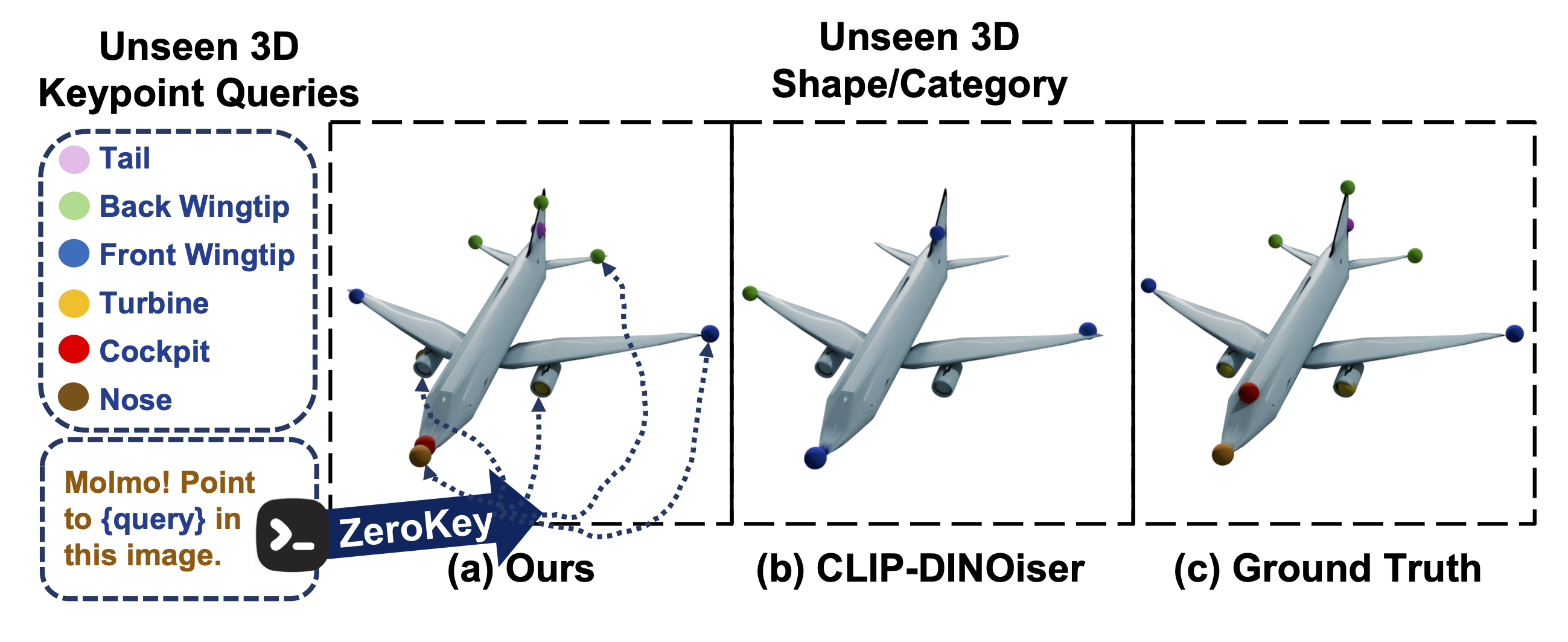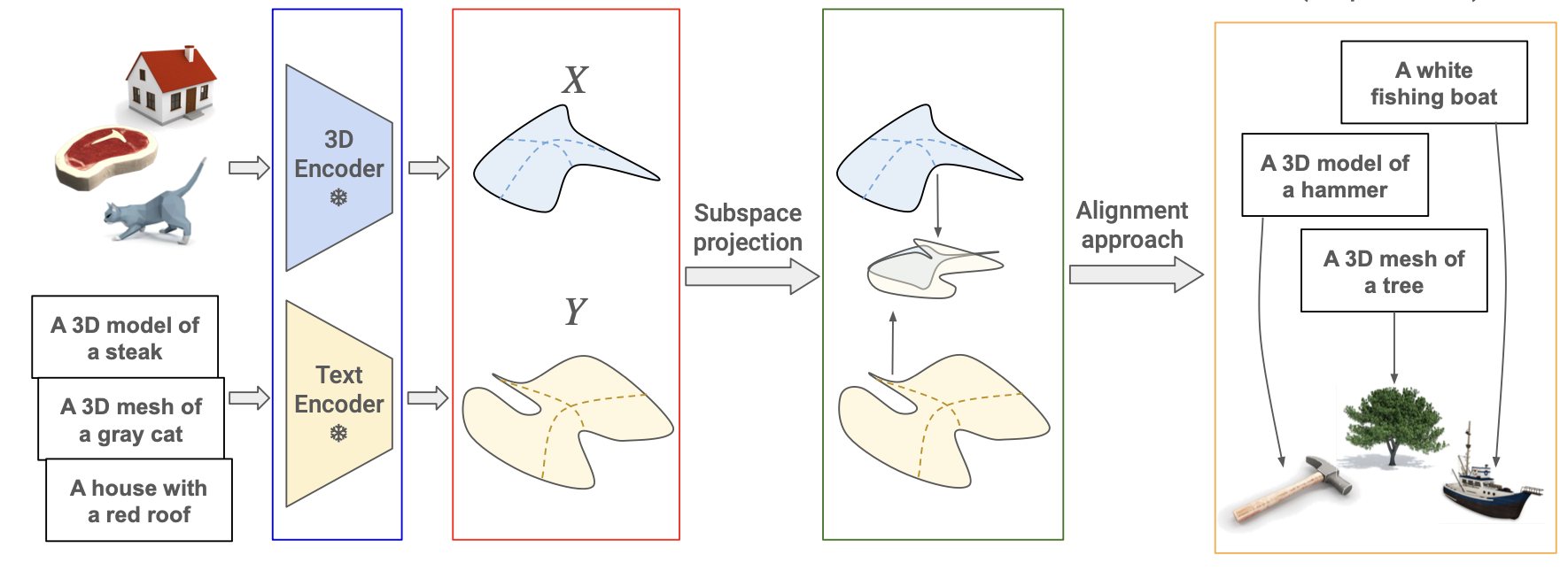Bio
I am currently a PhD student working with Prof. Maks Ovsjanikov.
I obtained an MSc in Applied Mathematics for Vision and Learning (MVA) at ENS Paris-Saclay and a BSc in Mathematics and Computer Science at École Polytechnique.
I am deeply interested in the intersection of Computer Vision and Graphics, particularly in exploring how novel deep learning techniques can enhance the rich research landscape of these fields. Currently, I am focused on applying NeRF and 3DGS technologies in challenging scenarios, such as inverse rendering and few-shot novel view synthesis. Additionally, I am intrigued by the geometric knowledge encoded in generative models and plan to leverage this understanding to resolve ambiguities in underconstrained situations.
News
-
06/2025 - Our work "ZeroKey: Point-Level Reasoning and Zero-Shot 3D Keypoint Detection from Large Language Models" has been accepted at ICCV 2025!
-
06/2025 - Our work "Escaping Plato's Cave: Towards the Alignment of 3D and Text Latent Spaces" has been accepted at CVPR 2025!
-
03/2025 - Our work "FourieRF: Few-Shot NeRFs via Progressive Fourier Frequency Control" was accepted at 3DV 2025!
-
07/2024 - Our work "RRM: Relightable assets using Radiance guided Material extraction" was accepted at CGI 2024!
-
01/2024 - I started a PhD working with Prof. Maks Ovsjanikov at LIX - Ecole Polytechnique.
-
04/2023 - I started an internship at Adobe Research Paris. I will collaborate with Élie Michel, Julien Philip and Adrien Kaiser.




